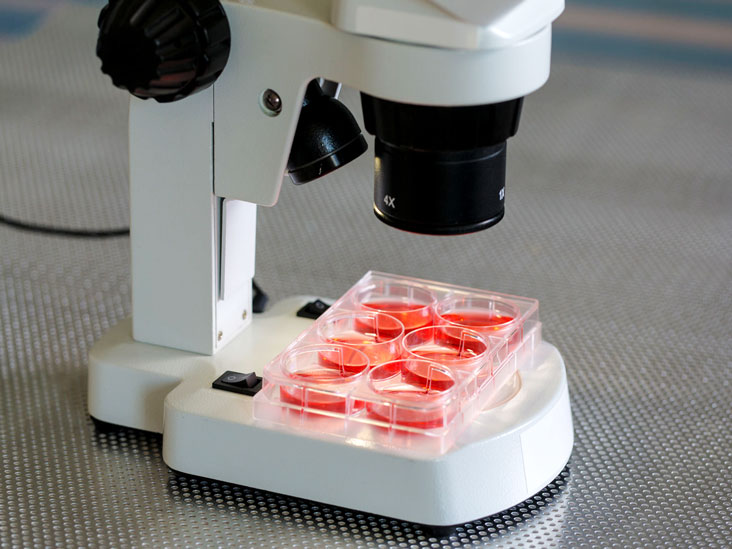


Anemia is a common side effect in patients with cancer. Additional tests such as a Schilling test, which confirms poor absorption as the cause of cobalamin deficiency, may be necessary. Blood tests can also confirm cobalamin or folate deficiency as the cause of megaloblastic anemia. Hemoglobin is the part of the red blood cell (RBC) that carries oxygen to all the cells in your body. Blood tests may reveal the abnormally large, misshapen red blood cells that characterize megaloblastic anemia. Presence of sphere-shaped cells may be due to: Low number of RBCs due to the body destroying them ( immune hemolytic anemia) Low number of RBCs due to some RBCs shaped like spheres ( hereditary spherocytosis) Increased breakdown of RBCs Presence of RBCs with an oval shape may be a sign of hereditary elliptocytosis or hereditary ovalocytosis. RBCs transport oxygen throughout the body. This means your blood has lower than normal hemoglobin (Hgb) levels. Anemia is a condition where the number of healthy red blood cells (RBCs) in the blood is lower than normal. People with sickle cell anemia carry a mutation that tweaks the structure of hemoglobin, the molecule that ferries oxygen through our blood. read more, granulomatous diseases, and lipid storage diseases such as Gaucher disease Gaucher Disease Gaucher disease is a sphingolipidosis, an inherited disorder of metabolism, resulting from glucocerebrosidase deficiency, causing deposition of glucocerebroside and related compounds. When you don’t have enough healthy red blood cells, you have a condition called anemia. read more or essential thrombocythemia Essential Thrombocythemia Essential thrombocythemia (ET) is a myeloproliferative neoplasm characterized by an increased platelet count, megakaryocytic hyperplasia, and a hemorrhagic or microvascular vasospastic tendency. Treatments for anemia vary based on severity and include iron or vitamin supplements, medication, blood transfusion. Hemolytic anemia: Red blood cells are prematurely destroyed, typically as a result of an infection, autoimmune disorder, or blood cancer. read more or myelofibrosis evolving from polycythemia vera Polycythemia Vera Polycythemia vera is a chronic myeloproliferative neoplasm characterized by an increase in morphologically normal red cells (its hallmark), but also white cells and platelets. These abnormally shaped cells get stuck in blood vessels, blocking normal blood flow.

Other causes include myeloproliferative disorders such as primary myelofibrosis Primary Myelofibrosis Primary myelofibrosis (PMF) is a chronic myeloproliferative neoplasm characterized by bone marrow fibrosis, splenomegaly, and anemia with nucleated and teardrop-shaped red blood cells.


 0 kommentar(er)
0 kommentar(er)
